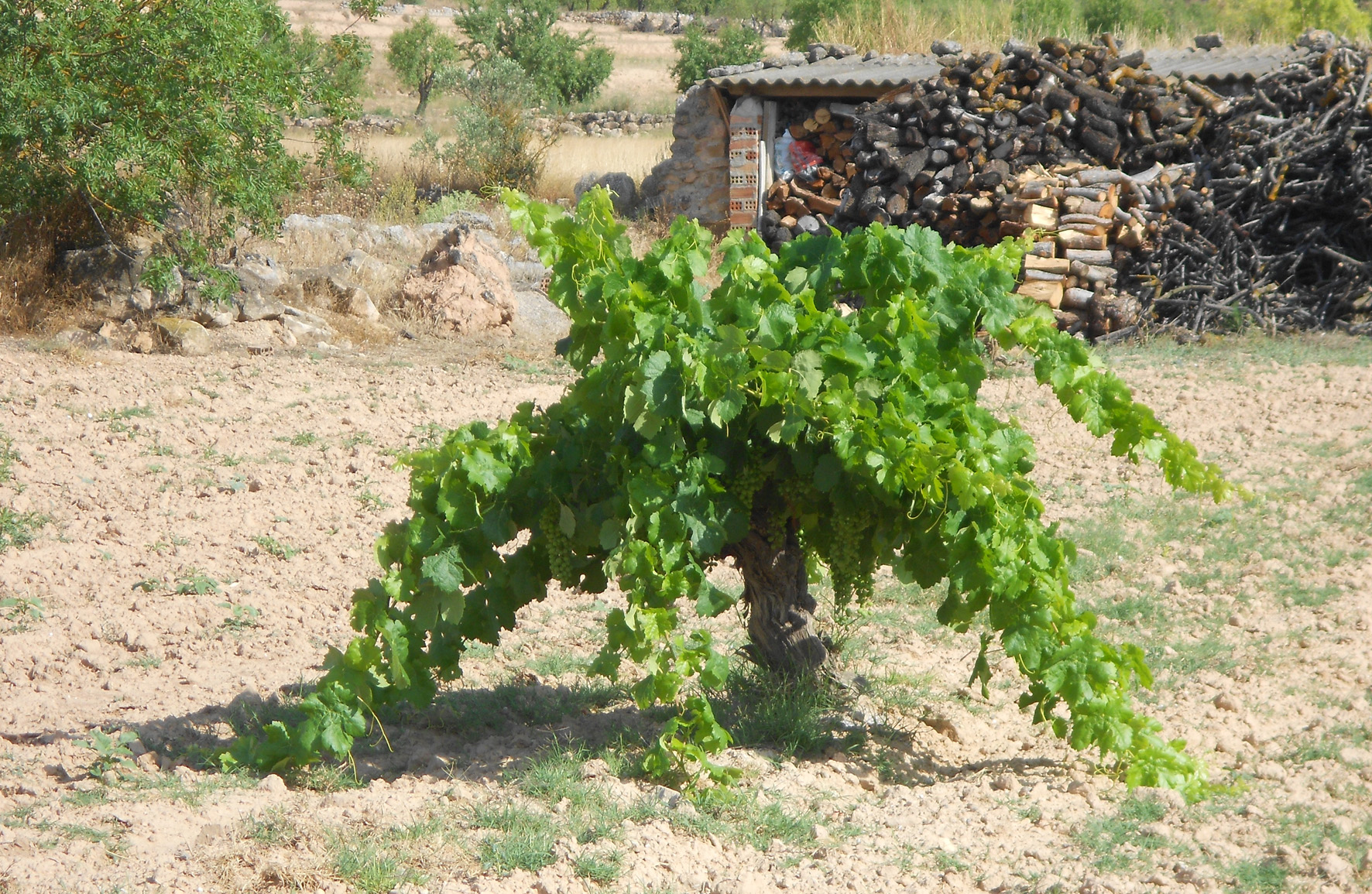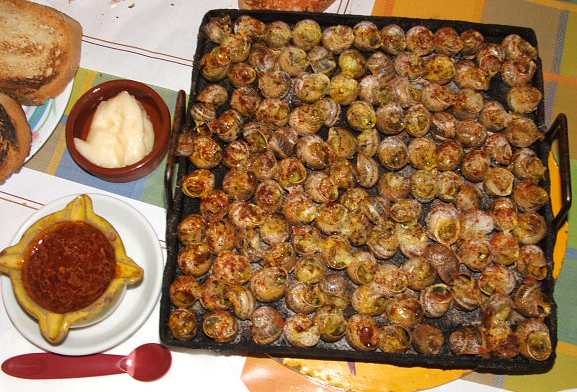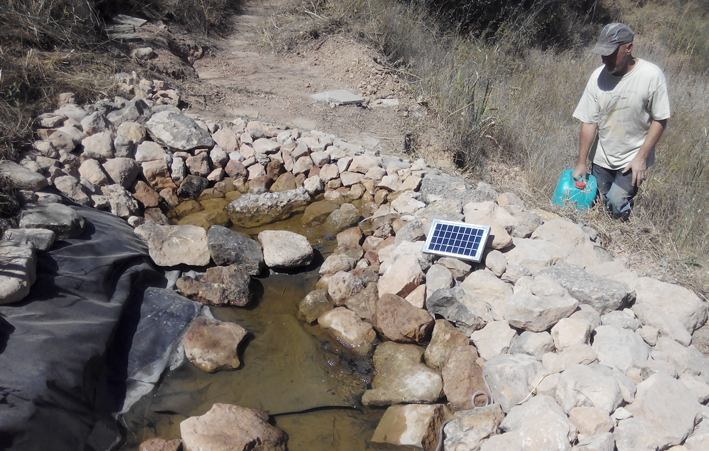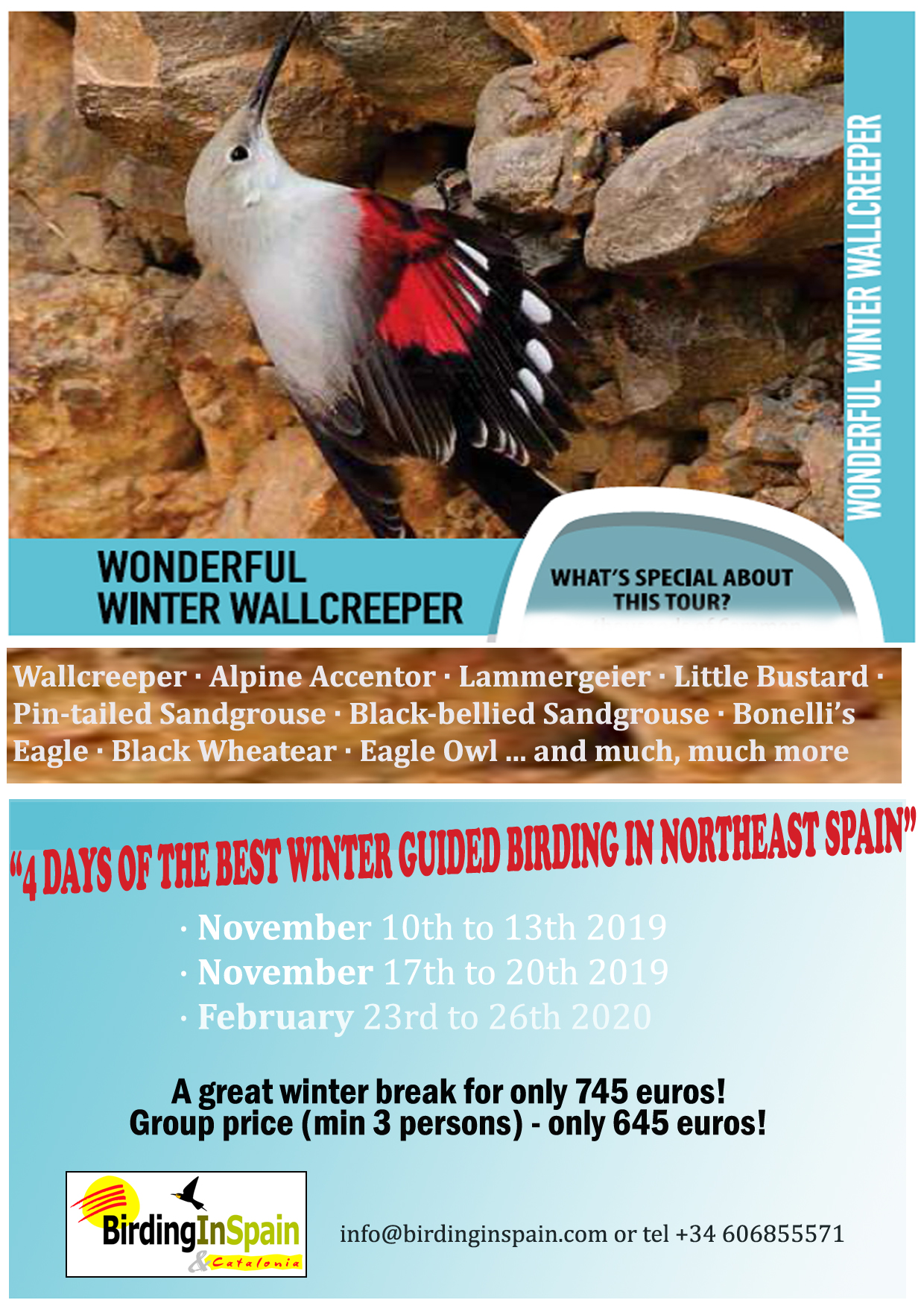The drinking pool’s conception was easy enough, it’s being a parent of a thirsty and difficult pool progeny that’s the hard work!

Heard it through the grapevine
Until we proposed the drinking-pool as a reality brother-in-law Jordi would come to the “Pou” with the tractor and plough the weeds a couple of times a year, and someone in the family would casually pick some of the bunches of grapes produced by decades-old grapevines. Occasionally, villagers may have visited and poked around the stone walls and fennel plants, looking for snails after a bit of rain – yes, we eat snails, and they are the same as the ones that many people poison in their gardens in the UK. What a waste! They are just delicious griddled and dipped in garlic butter!

Cargols a la llauna, Lleida
Here’s a recipe for that very “Lleidatà” (from Lleida) dish, with garlic butter, salt, pepper … mmm, delicious!
But back to the drinking pool and some of the initial considerations in its imperfect design.
- Location: It should be away from human transit and hence disturbance, which narrowed down the possibilities to the far end of the plot. Uncertainty about the future use of the continuous flat area led me to site the pool in the vicinity of the big Holm Oak tree, on the small terraced slope. This choice would have consequences which will be dealt with later.
- Dimensions: The pool, for the time being at least, would have to be filled by hand. I had already learnt from previous experiences with larger pools that that in itself could be an onerous and thankless task, difficult to keep up with in the summer, when water is most needed by the birds and other wildlife. So the pool wasn’t going to be so big that it couldn’t be filled by two or three trips with a wheelbarrow laden with 25 litre water containers. However, it also had to have some depth to ensure that summer evaporation would not dry it out in no time at all.
- Shape: The final figure of 8 shape seems quirky at first sight, but makes it possible to retain at least some water in case of leakage or low refilling frequency by damming the “waist” if needed and dedicating the meagre water resources to only half of the pool.
- Construction: Dig a hole to the right depth and shape, flatten and smooth the surface, remove any sharp objects, cover with old clothes, sheets, blankets, carpets – whatever – roll out the liner, cut to measure, leaving overlap around the edges, make a ledge and fold over the edges, get some rocks and stones to weigh it down.
- Aesthetics: We used stones to overlay the edges of the liner, as there were plenty of those about. We also used burlap, but that disintegrated before too long. Leaves and other debris get in the cracks between the stones, so it’s probably best to cement them in. We also had a supply of pebbly stones which were ideal for lining the bottom of the pool.*
- Aeration: Little solar-powered aerators (made in China) seem like a good idea, but don’t have much impact and don’t last for more than one season. Think seriously about this and mosquitoes if you are in a hot climate. For us the eventual solution was to link the pool to the irrigation system and have a “jet” of water aerating the surface whenever we turn on the tap.
- Stability: The slopes needed stabilizing, and also people walking around the edges have to be catered for. Reeds cut from the field edge (see photo) were remarkably effective in preventing slope erosion over what was very loose soil on quite a steep slope.
- If you’re going to plant then the plants will need some attention. Winter shade and freezing temperatures just about polish off the plants that manage to survive the extreme heat of the summer. We’re still working on this.

For the birds: filling the drinking pool
* The pebbles were left in a heap by Florinda’s grandfather about 40 years previously. He was too old to do heavy work on the land so spent his time removing pebbles from the ground one by one and discarding them on a pile next to the well.
That’s a lot of work, when do we start reaping the rewards? And where are the birds?
Next: Tell us about the birds and the bees
What real people say about Birding In Spain :
Jeremy Bradshaw (Liverpool, UK) – Marvellous May Tour 2019
We’ve just come back from a fantastic 7 days “Marvellous May” birding trip with Steve and Florinda in NE Spain. From our first contact to our final goodbyes at the airport, we were treated with friendly professionalism. Steve’s knowledge of bird identification is outstanding (particularly his identification by call) and his brilliant local knowledge of good bird sites enabled us to “tot up” a trip list of over 190 species including some difficult and much sought after birds, such as Dupont’s Lark, Sandgrouse and Alpine Accentor to name but a few. The hotel accommodation, in all three locations we visited, were well run and friendly with good food and well stocked bars! Would I recommend using BirdinginSpain and Steve for a guided birdwatching holiday? Yes, in a heart beat ! “
We recommend …

Leave a Reply